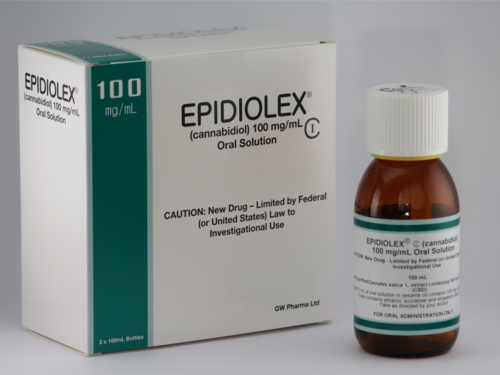Wear, Tear & Care: The Curable App
/By Jennifer Kilgore, PNN Columnist
Nobody wants to be told that pain is in their head. If you’ve been in an accident like I have or suffer from a debilitating condition, that translates to: “This pain is your fault. You’re just lazy. If you tried harder, you wouldn’t be in pain.”
Pain is in your head. Pain is a signal that says your body is in danger, and for many people that switch never turns off. It becomes chronic, endless, crippling and traumatizing. This leads to a sort of fossilization in which we are scared to move, because movement hurts. Our lives become smaller, but the pain becomes larger until it consumes the entire world.
When my pain therapist suggested I try EMDR therapy (eye movement desensitization and reprocessing) for post-traumatic stress disorder, I resisted for two years. Why should I have to make a concerted effort to get rid of my pain and work through memories of crumpled metal and squealing tires? Why was it my responsibility to fix things when somebody else’s negligence was the cause of my injuries?
As always, it’s more complicated than that. My pain signals have coalesced over the past 15 years into a body-wide tangle of energy that never stops hurting. It spreads from my back up to my neck, down into my arms and legs, wrapping around my ribs. Pills are thrown into the void. Devices are worn. The pain remains.
I can’t even remember how I stumbled across the Curable app. I think it came up on a Facebook ad, though I do get many Google Alerts for this type of product. Either way, I now have it downloaded and pay for the annual subscription ($6.39 per month).
CLARA
The Curable app is like having a virtual therapist -- her name is Clara -- on my phone designed specifically for chronic pain. I can work through these memories in the comfort of my own home, on my own time.
As described in their FAQ: “Curable is an online pain psychology program. Modern research tells us that recurring pain is caused by multiple complex and interconnected factors. Treatments like drugs or chiropractic try to target some of the chemical or structural issues, but these issues are only part of the equation when it comes to recurring pain.”
Pain researchers have discovered that the way we act and think play a significant role in pain reduction. I’m not saying that people don’t have valid injuries -- I broke my back in four places and have two fusions in my neck -- but I know, deep down, that my level of pain does not make sense. There were structural abnormalities. Most of them were fixed.
What’s left?
The rest remains in my head, and I am quite curious to see what is actually pain and what part is catastrophizing, fear, anger and stress. Curable says that this cycle of pain can be “deprogrammed,” and the app trains patients to tease apart what is real pain and what is not.
The program is easy enough to use. It can be done entirely on a computer, tablet or phone, and it’s compatible with almost every device.
Clara, the virtual pain coach, interacts with you by a stream of text messages, and it honestly feels like I’m talking to a friend who just gets me. She sends information and leads you from one activity to another, offering resources, exercises and funny gifs to help you “reverse the cycle of pain going on in your brain.”
Each session is between five and 20 minutes, and lectures run about the same length. Some of them are difficult -- for instance, I’m resisting the “Identifying Your Stressors” exercise in which I have to free-write, simply because I don’t want to face that part of my brain. It’s hard. I don’t particularly like waging battle against a part of myself, no matter how unwelcome that part is.
Clara even noted that many users find the writing exercises difficult and avoid them in favor of the other activities, because who wants to commit to such a level of self-reflection?
The makers of the app know this, and they get how hard it is because all three of the founders suffered from chronic pain. That level of understanding makes all the difference.
Curable is designed for three weekly sessions, though any pace can be set. A survey of users showed that some reported a reduction to zero pain within three weeks of trying the app. Everyone’s pain experience is unique, however, and they acknowledge that “there is no correlation between the total number of exercises you complete… and when you will begin to experience relief.”
As they also note, “Racing through the program ‘to feel better faster’ will not work.” I’ve found that racing through is pretty much impossible, because facing all of these thoughts and memories is exhausting.
I’m very excited about this app. I think it will be a great complement to my EMDR therapy and can keep me on track when my therapist can’t. Clara even speaks to me in a way that only other pain patients do. She understands our language, and the relief from that is staggering.
You can try the Curable app for free here.
Jennifer Kain Kilgore is an attorney editor for both Enjuris.com and the Association of International Law Firm Networks. She has chronic back and neck pain after two car accidents.
You can read more about Jennifer on her blog, Wear, Tear, & Care.
The information in this column should not be considered as professional medical advice, diagnosis or treatment. It is for informational purposes only and represents the author’s opinions alone. It does not inherently express or reflect the views, opinions and/or positions of Pain News Network.































